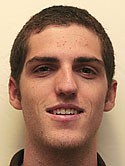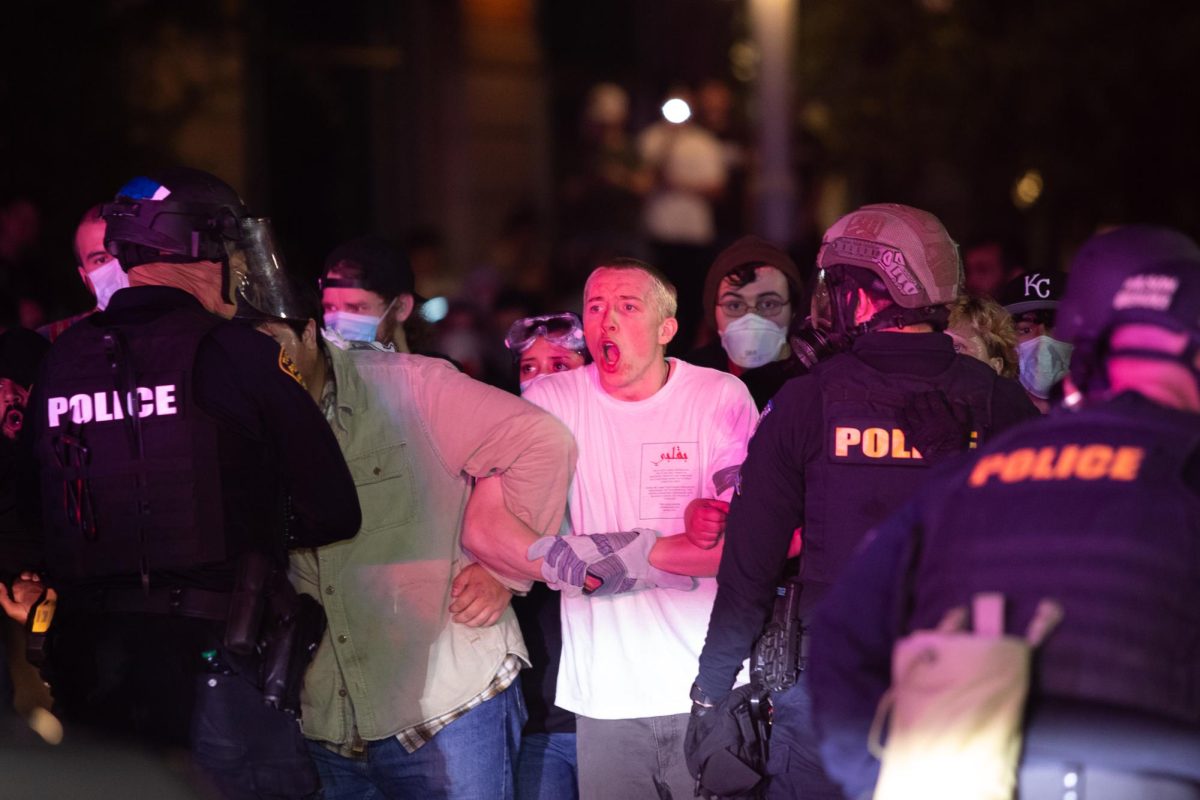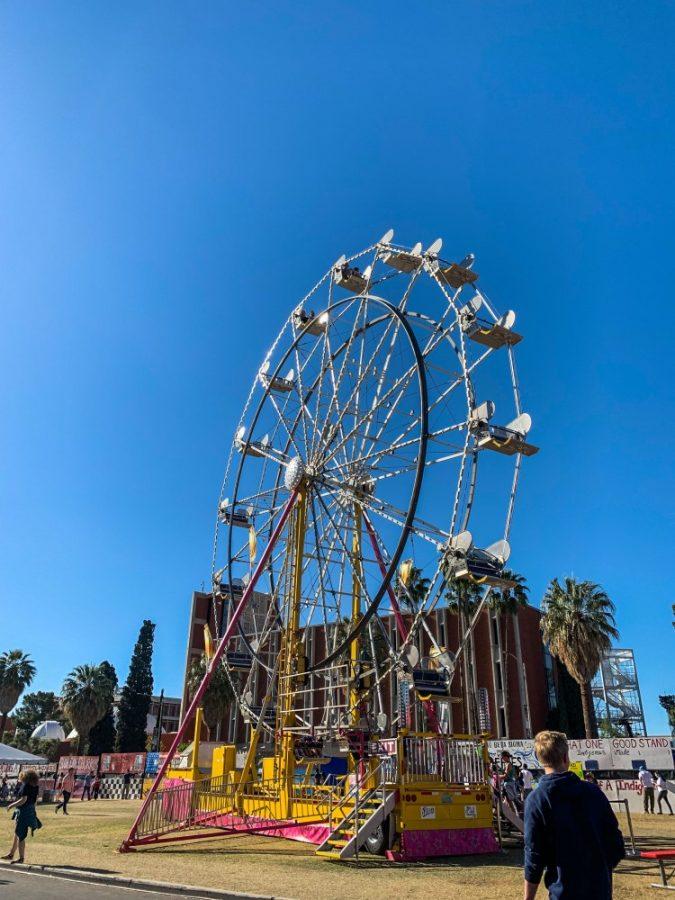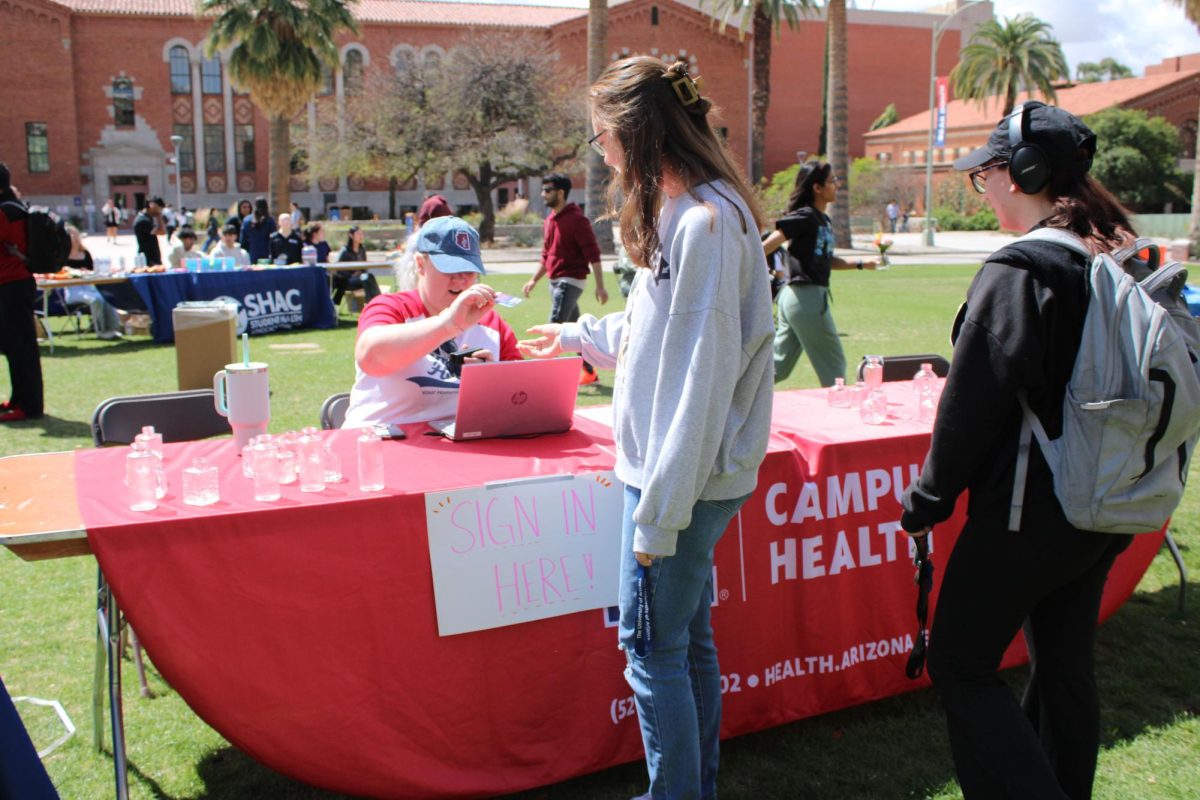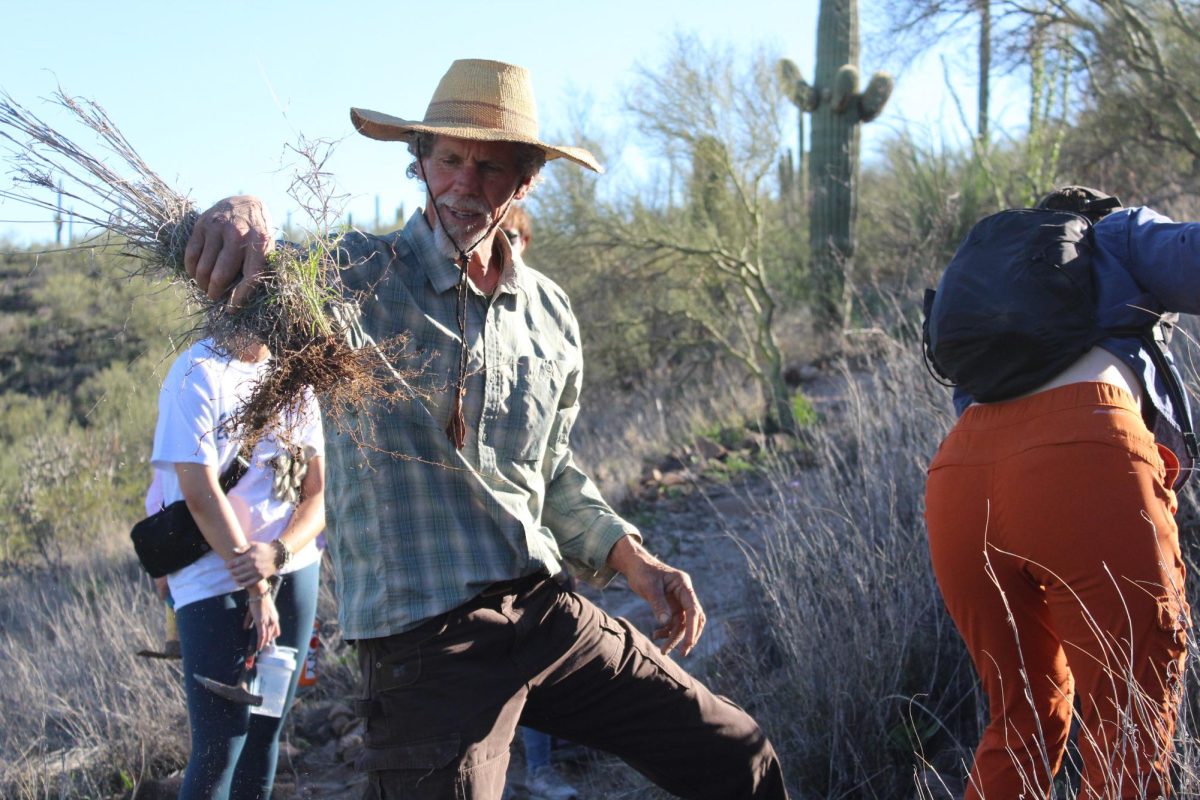Editor’s note: Wildcat women’s basketball beat writer Ryan Casey has sustained four concussions in his life, all of which came three years ago within the span of a few months from playing hockey.
Imagine staring out the window. Inhaling the mountains, birds – and power lines – everything is just as you remember. Then, a wealth of colors that only you can see passes over your eyes.
It flutters for a moment, following your line of sight, and then in an instant is gone. There’s no cause for concern though, because chances are that in five minutes, you’ll forget that it ever happened.
Such is the life for three Arizona women’s basketball players: Weird colors, memories lost, headaches aplenty, lives affected, and, oh yeah, that constant annoying little ringing sound.
Jan. 19. Stanford. Sophomore forward ChǸ Oh takes an elbow to the head, and just like that, she suffers the second concussion in her career as a Wildcat. (The first came last season in a loss to Maryland at home.)
Jan. 28. Washington State. Oh takes another blow, this time to her forehead, sustaining her second concussion in as many weeks. She’s classified as being out “”indefinitely.””
Feb. 1. Practice. Sophomore guard Jessica Arnold collides with a practice player during a workout. Though she returns after about an hour, she checks herself back out of drills within a matter of minutes and she lies on the court for the remainder of practice. Later it’s determined that Arnold has suffered a concussion too.
“”Jess? She’s a little slow, a little spacey,”” junior guard Joy Hollingsworth said before practice the following week.
Added Oh: “”When (Arnold) got out of the hospital, I saw her afterwards and I was like, ‘So Jessica, does your head hurt? Are you this? Are you that?’ And she was like ‘Yeah! How’d you know?'””
If anyone would know, it’s Oh.
Then again, so would freshman guard Malia O’Neal.
Feb. 4. UCLA. O’Neal collides with sophomore guard Ashley Whisonant, a sophomore, breaking her nose in the process. She becomes the third in the line of Concussed Cats.
Three players. Three weeks. Four concussions.
This isn’t to say that concussions are a phenomenon solely connected with Arizona women’s basketball because, as pointed out by women’s basketball information director Hope Nsiah-Kumi, the University of Nevada-Las Vegas has the same problem.
Rebels senior forward Sherry McCracklin was actually knocked unconscious in a game against Wyoming the same day O’Neal suffered her injury and had to be hospitalized after suffering a seizure.
McCracklin’s injury demonstrates just how dangerous concussions can be. The general public has been somewhat desensitized to these violent jars to the head as they have become all too common in sports today.
According to several studies, 300,000 athletes from the high school, collegiate and professional ranks suffer concussions each year. And those are just football players.
It doesn’t take into account more violent sports, such as hockey and lacrosse – and the concussion suffered every so often while playing basketball.
Concussions aren’t a break-a-bone-and-it-will-heal type of thing. They’re closer to lightning striking and leaving behind a 50-foot metal pole in its wake type of thing, as suffering one concussion increases the chance of suffering a second.
Largely misunderstood and underestimated, they can lead to such things as post concussion syndrome and second impact syndrome.
While PCS isn’t nearly as scary as SIS, which can actually be fatal, the havoc it can wreak is, and it’s far more common. Take former up-and-coming hockey star Adam Deadmarsh for example.
A nine-year veteran of the NHL forced to retire after a long bout with PCS – which is characterized by symptoms such as as dizziness, fatigue, irritability and problems with memory as well as concentrating – Deadmarsh clearly was not ready to let go of the game.
“”I’ve kind of been holding on and hoping and praying that I’d recover from this concussion issue that I have and I haven’t been able to do that,”” he told The Canadian Press when he retired. “”I think it’s time that I kind of moved on and made a decision and faced the fact that my brain doesn’t want to play hockey anymore.””
For the veteran who won a Stanley Cup with Colorado in 1996, three years of symptoms stemming from concussions was simply enough.
SIS, on the other hand, isn’t nearly as nice to its victims. Often, it doesn’t let them live.
It’s caused when athletes returning to play too early after a concussion, not giving their brain enough of a chance to heal.
“”A second blow to the head, even a minor one,”” writes the American Academy of Family Physicians on its Web site, “”can result … in a subsequent herniation of the brain that is usually fatal.””
Not to blow the syndrome out of proportion, as there have been only 17 reported cases since 1992, averaging out to just over one a year.
Though Oh was hoping to play tomorrow against California, she wasn’t cleared. Maybe in hindsight, with two concussions in such a short span of time, it will be best that way.
Oh has attributed her concussions to her position – “”That’s basically what it is, because I’m right there in the post. I’m right in the girl’s elbow range”” – and that’s not something that will change should she return.
It should be noted that Arnold and O’Neal returned to play this past weekend against Oregon State and were symptom free.
“”It’s kinda crazy,”” Hollingsworth said in disbelief before practice last week. “”Three people with concussions.””
Hmm. Crazy indeed.



